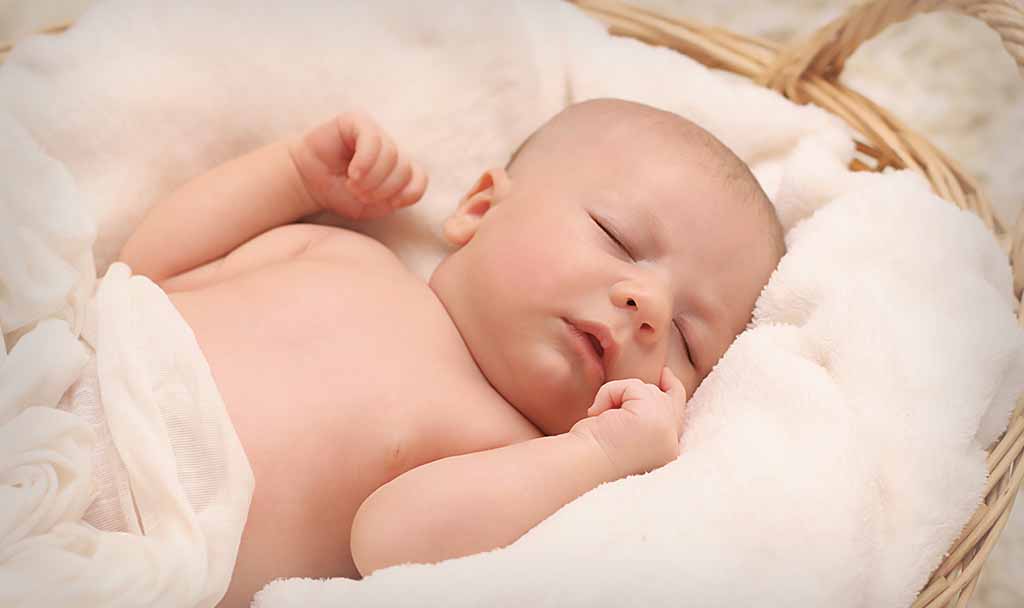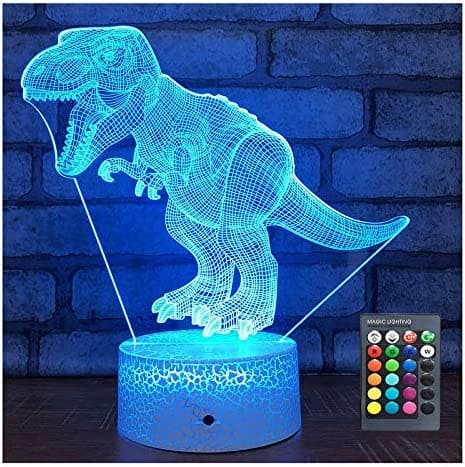The fact that babies poop while they are sleeping poses a problem for parents in many different ways, but how should this habit be changed?
The first and most important rule of parenting is not to wake your sleeping baby, but because the sleeping poop sticks to the diaper, the diaper rash on the baby’s bottom and calf causes discomfort, so the baby’s diaper should be changed shortly after pooping. This puts their families through a difficult process.
To understand the reason, if we consider our own body as an example, we know that we don’t normally go to bathroom and poop middle of the night that because while sleeping the nature of the body shuts down activities of digestions so the bowels not working that’s why we don’t need toilet indirectly. However, in newborn babies, since the body has just begun to function, it continues to function regardless of day or night.
Is It Healthy?
Newborns want to eat at almost every hour of the day, and they are asleep when they do not eat a single meal. That’s why the body keeps working and pooping all the time. So that it is completely normal for your newborn to poop frequently. And we know that since babies do not have the ability to hold their poops, the body carries the nutrients to the intestines immediately after filtering and defecation takes place. Therefore, your newborn baby also needs your attention and care in the comfortable and safe space you provide.
What should I do for it?
No matter what time of day or night your baby pees or poops in his diaper, you should change your baby’s diaper in order to prevent annoying problems such as diaper rash. If you think you won’t notice this situation right away, you can soften your baby’s bottom with diaper cream to create a barrier to your baby’s skin while wearing a clean diaper.
Night pooping most likely seen in newborn babies since babies starts to understand their own urinary system around 6-8 weeks of age which means that from then on your little one will not eat as often as before.
Here are some tips for changing diapers while your baby is sleeping:
- Keep the main lights off, you can use bedside lamp to create low light .
- Make sure that the wet wipes that you will wipe your bottom with are not cold.
- Do not wear pajamas with snap fasteners. This makes harder the process for both you and your baby.
- After you’re done, quietly leave the room without kissing your child. However how cute they are crying middle of the night is not worth for it.
However, it is a normal action, it is recommended to change the diaper of your baby with or after every feeding. This will help to prevent diaper rash issues and some other skin infections.
The best way ensuring your baby a healthy life is keeping proper hygiene in the first place. Having a proper care routine, such as changing diapers as soon as possible and avoiding bottle feeding, will help you keep your baby free of serious problems such as diaper rash and other infections that might come from dirty diapers.
The benefits of doing this is that they will not wake up in the middle of the night to poop. You will also be able to sleep through the night without having to wake up. This will also prevent diaper rashes, which is a common problem with babies and children.
If you’re unsure whether it’s time for your baby to poo again, take note of how long it has been since she went last. A couple of days without going to the toilet is a good sign that she’s ready. We also recommend visiting a pediatrician to rule out physical causes for your baby’s frequent pooping.
Ensure your baby is comfortable: check that her diaper fits well and isn’t too full or too loose.
If you have a baby over 6 months old, help her learn to control her toilet habits by staying with her when she goes to the bathroom and praising her efforts. Using a time-based chart can also help you see when your child’s bowel movements are most regular, so you can work around these times and make it easier.
Try not to make her feel bad about pooping or she will soon stop doing it all together.
If your baby spits up after pooping, try changing him more often, or wait a couple of days and keep giving formula without breastfeeding until he has fully eaten his meal.
If you notice that your baby is hurting while pooping, she might be constipated. Try putting her on a high chair with a bowl of warm water or holding her over the toilet for 10 seconds once in awhile. Also see if you can support her so she won’t strain too much when she tries to poop.
If your baby refuses to poop, try tummy time or playing with her (but don’t do it more than 10 minutes at a time). Try not to make pooping a routine, but always take her with you when you need to go.
Be patient. Even if your baby is a bit constipated and having trouble, don’t think that you did it to him. It’s very common for babies to have constipation issues after swimming or on the day after coming from the hospital.
Put your baby in clean clothing, even if he has an accident and is still wet. This will get him used to being dressed again quickly and will hopefully prevent soiling accidents later on.
Try taking your baby to the bathroom frequently. If there is no sign of constipation, try a middle-of-the-night trip to the bathroom. After pooping, if he seems fine and doesn’t have any signs of discomfort, you can let him stay in his diaper longer than usual.
If your baby has trouble pooping regularly, make sure that he has enough time to eat a good meal as soon as possible. Try eating smaller meals throughout the day and give him something before bedtime with remember that if he eats too late at night, he will not have time to get enough fat and fiber in his diet.
Make sure your baby’s bottom and thighs aren’t cold if you have a baby who cannot poop. Giving him a warm bath or putting him in a warmer room can help him relax enough to get it out.
A proper hygiene routine plays an important role in preventing many problems such as rashes and infections that can affect babies when they are young. Diaper rash is rather common among babies and infants, due to their sensitive skin which is not used to exposure to so many substances as adults’ skin is.







